Although several government-run websites were brought back up following Saturday’s hack, the primary server of the Nepalese government is still the target of ongoing assaults designed to bring it down.
As a consequence of the assaults on Saturday, hundreds of government websites were down throughout the country, disrupting everything from domestic to international travel.
Airport manager Prem Nath Thakur said Saturday’s aircraft operations were disrupted due to a server system breakdown. Some flights on Nepal Airlines, Air India, and Indigo were delayed by nearly an hour, but “we managed to release a few planes manually,” he added.
Authorities have identified a kind of denial of service assault known as a distributed denial of service (DDoS) attack. In order to flood a targeted website with bogus traffic, a DDoS assault uses a network of interconnected computers, or botnet.
Ramesh Prasad Pokharel, assistant director of the National Information Technology Centre (NITC) under the Ministry of Communication and Information Technology, stated, “We have been able to reduce the size of traffic, enabling the reopening of most government websites.” Even on Sunday, there were still attempts to breach our primary server.
He claims that about 1,500 government websites went down as a result of cyberattacks on the Government Integrated Data Centre, the sole centralised data repository in the government. (GIDC).
At the government’s primary administrative hub at Singha Durbar, the NITC oversees the GIDC.
In addition to serving as a repository for data, the NITC also contributes to the digitization of public documents and the enhancement of existing materials.
Pokharel claimed that by Sunday afternoon, services had been restored to more than a thousand government websites, and that his office was still receiving complaints about website outages from all around the nation.
After the immigration server went down, it took the NITC approximately four hours to get it back up and running again. The Department of Immigration’s information officer, Kamal Prasad Pandey, stated that their server finally began working again at 5:30 p.m. on Saturday after being down for three and a half hours. Following the server’s recovery, “there has been no disruption in the normal functioning of our online services.”
Officials said that numerous government websites went down on Saturday due to server congestion. Our system was inundated with traffic after being attacked by hackers from all around the world. As a result of our delay in reducing the traffic volume, government websites were taken down,” Pokharel said.
On Saturday, any nation might have been hit by one of the biggest cyberattacks ever. Cyber security expert Pramod Parajuli stated, “That day, it was the second largest attack on a government server after Mongolia, according to the checkpoint.com.” Checkpoint.com performs real-time analysis of cyber risks.
According to a statement released by the NITC on Sunday, the organisation has begun investigating the hack and promises to identify the vulnerabilities that permitted it.
It claimed no information was lost despite a server overload.
According to the police, they are currently gathering information in order to determine who is responsible. “We will know more about the attackers of the government websites only after a detailed study,” said Superintendent of Police Pashupati Kumar Raya, who is also the spokesman for the cyber branch of the Nepal Police. We are still gathering information and having it authenticated and verified.
The government servers have been attacked online before.
On June 17th, 2017, hackers compromised the Department of Passports’ online system. The hackers then made threats to release secret government information. On July 25 of that year, a hacking organisation going by the name “Paradox Cyber Ghost” allegedly took over 58 government websites all at once.
However, experts believe the recent incident shows how susceptible Nepal’s cyber infrastructure is in the face of the mounting danger. Although Nepal jumped from 106th to 94th on the International Telecommunication Union’s Global Cybersecurity Index 2020, the country still has a dismal total score of 44.99 out of a possible 100. (ITU).
When compared to the other 18 nations in the Asia-Pacific region, the United Nations’ specialised agency for information and communication technology placed Nepal in the 17th position.
According to studies from many cyber security firms, including Checkpoint, Nepal is at an extremely high risk of cyberattacks, as stated by Parajuli. “Nevertheless, there have been few efforts made to remedy the situation.”
He claims that neither preventative nor responsive actions have been taken. Parajuli, who previously founded the cybersecurity startup Puryani Ventures, cited a lack of a “strong legal and institutional foundation” and insufficient investment in the industry. The job of building a network of cyber threat intelligence, for instance, has not been completed and a draught of cyber legislation has only just been drafted.
The Cybercrime Act-2018 was written by the Nepal Telecommunications Authority. In response to the growing threat posed by cybercrime, the government has proposed the Cyber Security Bylaw 2020.
The regulation mandates that ISPs and telcos use national and international cyber risk information-sharing networks to disseminate data on vulnerabilities, threats, and other security-related matters. The quality of the gadgets employed to prevent cyberattacks is also under doubt, according to Parajuli.
The most recent assaults, according to the NITC, did not result in any data loss. But Parajuli argued that this kind of assurance is impossible.
He said that hackers often use DOS assaults to deflect attention away from data thefts. Authorities should conduct digital forensics investigations to see whether data was also compromised.
Prithvi Man Shrestha is a political reporter for The Kathmandu Post who focuses on corruption and other governance-related problems. He spent three years at nepalnews.com and Rising Nepal, where he mostly covered politics and economics, before joining The Kathmandu Post in 2009.








